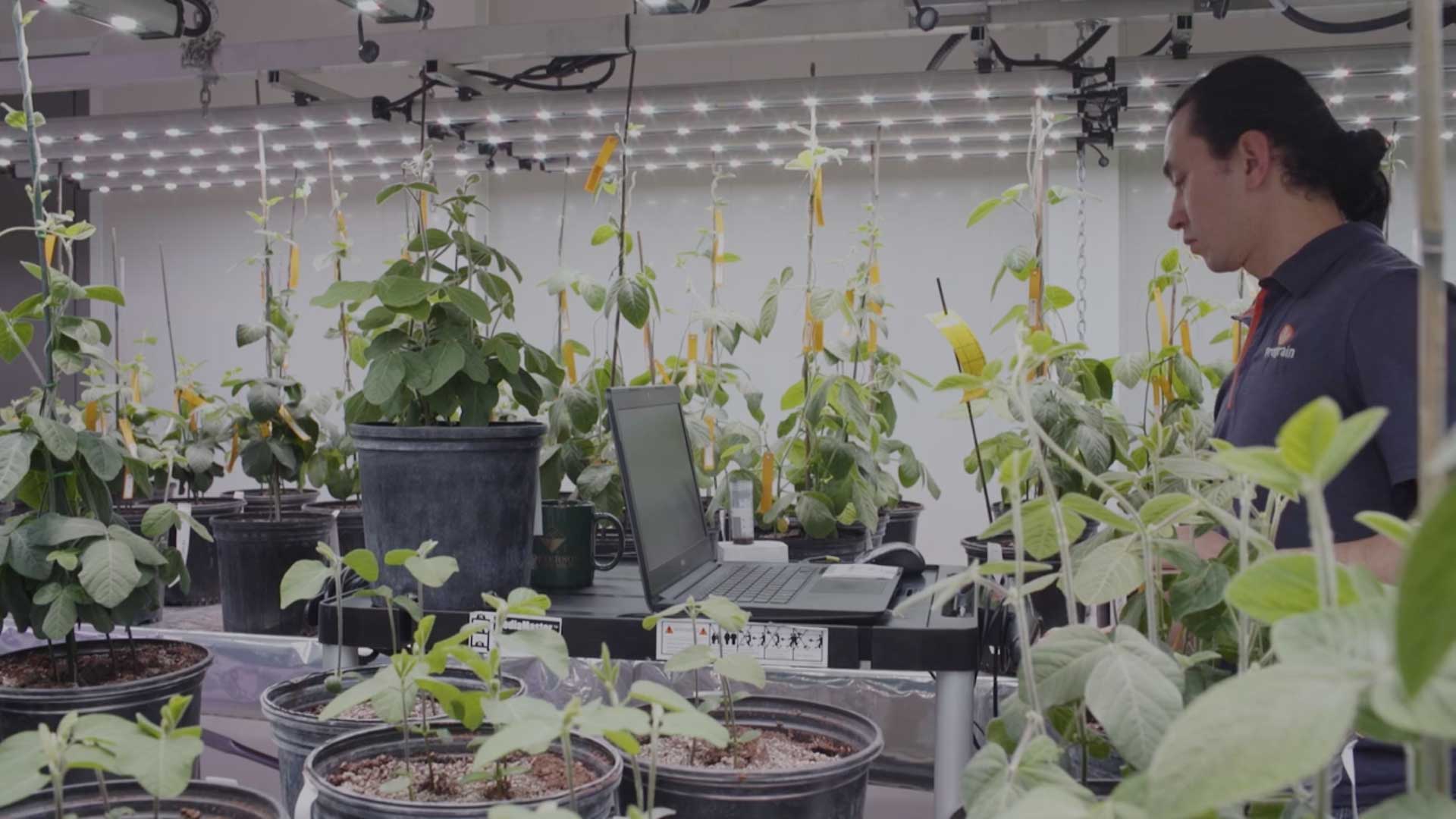Blog
Documentation and information about growing and preserving soybeans.
Check out our articles and latest news.
Categories
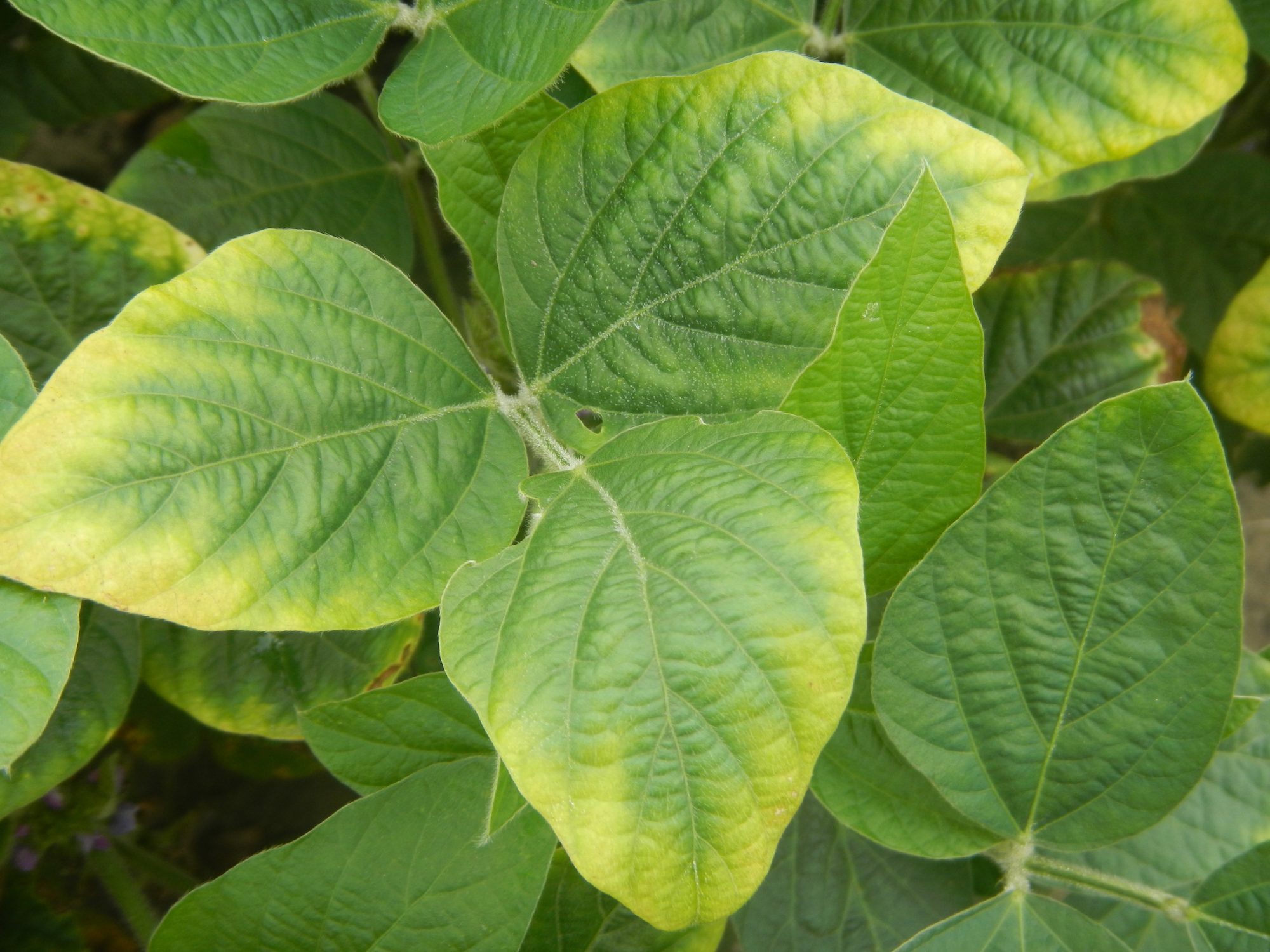
Nutrient deficiencies in soybeans
It’s mid-season and maybe you’ve noticed some yellowing leaves in your soybean fields. Do you know what’s going on? It could be happening for a number of reasons, like a soybean cyst nematode infestation, but it’s usually caused by different nutrient deficiencies. First, remember that when soybean plants reach the beginning seed formation stage, they […]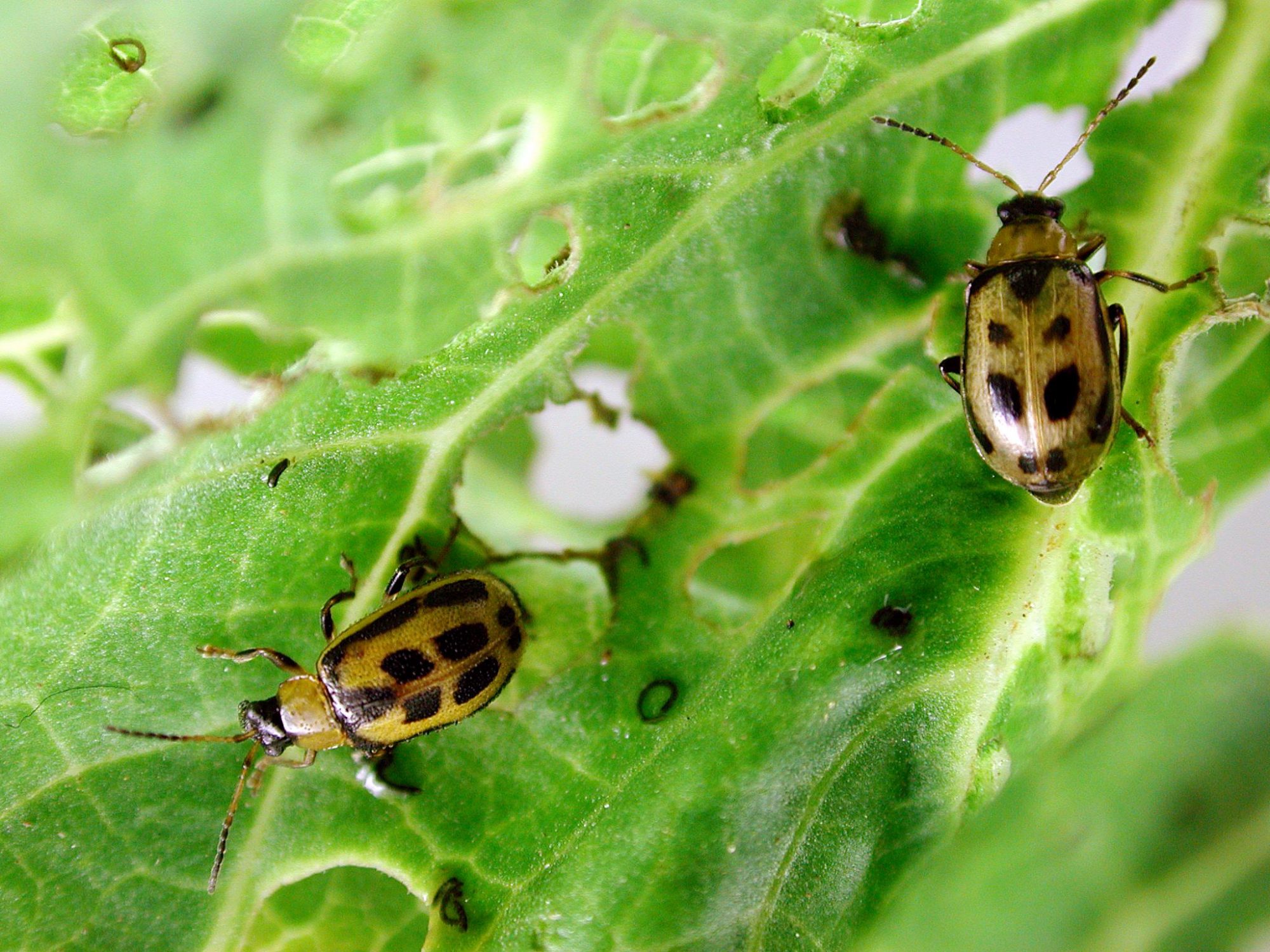
Managing insects in soybean fields
In mid-July, there’s generally an increase in the insect population and it’s time to deal with the pests that ravage your plants’ leaves. With the dry conditions we’ve been experiencing since the beginning of the season, soybean plants that have been suffering through the heat are more susceptible to disease and insects. Plus, insect infestation […]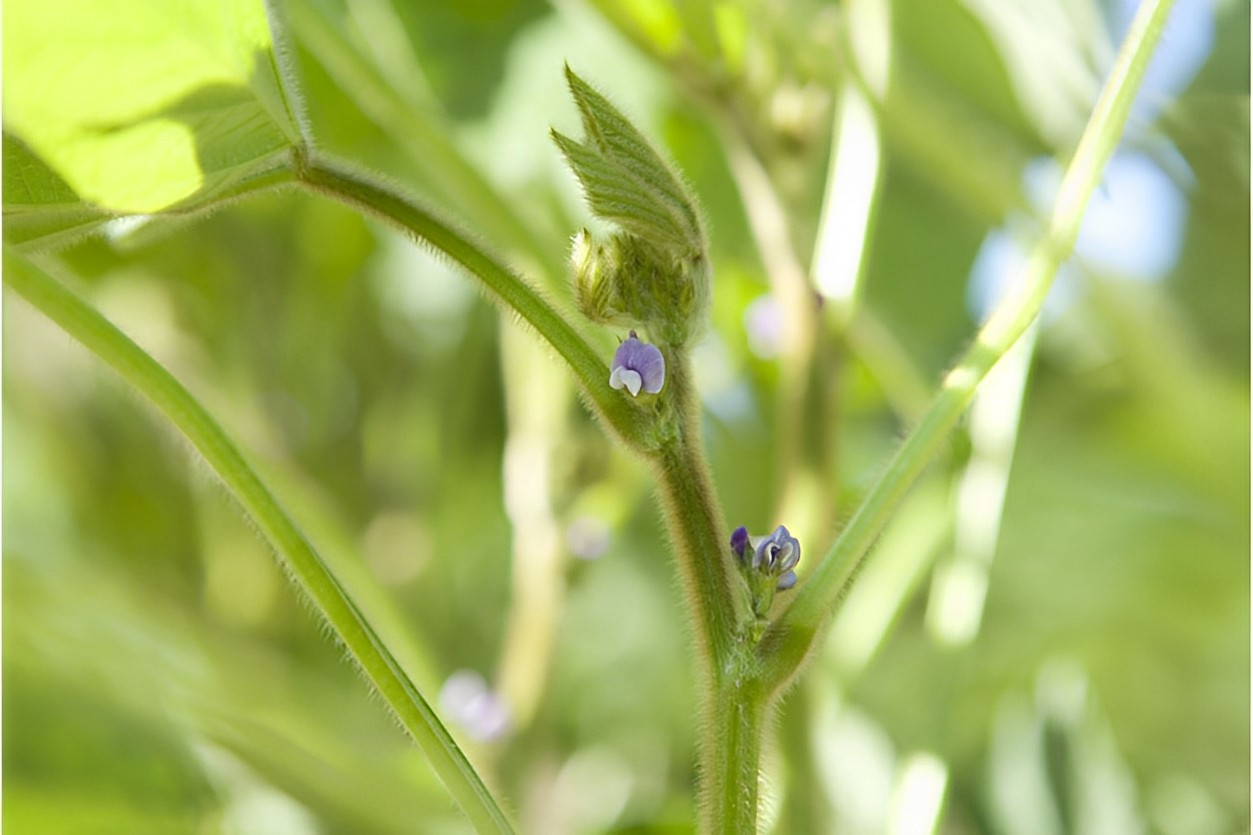
Fighting sclerotinia with fungicides
As flowering begins in soybean fields, it’s time to apply a fungicide proactively to protect the quality of your soybean plants and potential yield. In Québec and Ontario, sclerotinia (or white mould) is the most common disease among soybean plants, and it also causes the most economic damage. Whether it comes from your machinery, poorly […]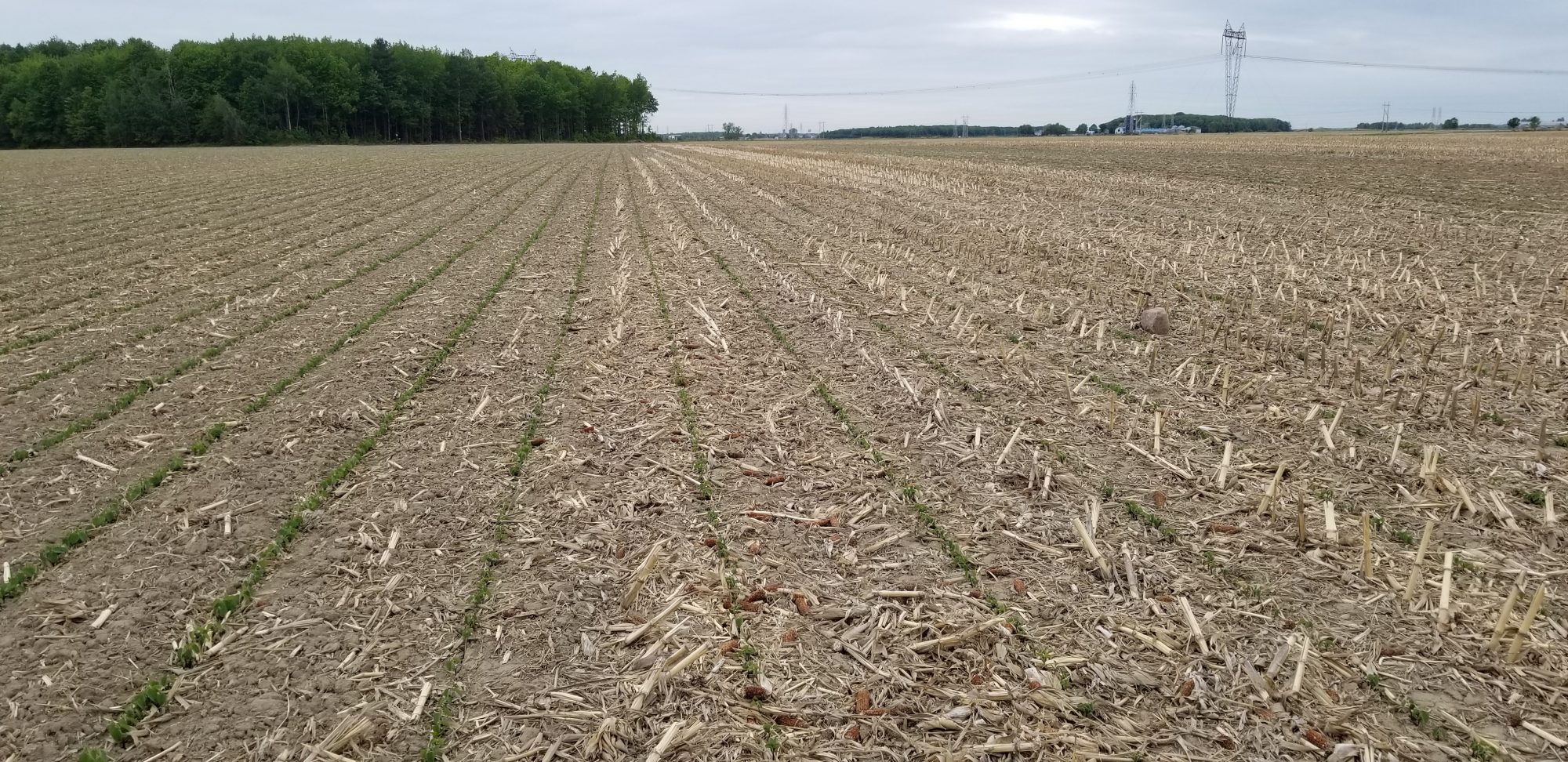
Factors for successful direct seeding
There are a number of advantages to direct seeding (or no-till farming), including reduced costs, significant time saved in the spring and fall, medium-term improvement to the structure and biological activity of the soil, etc. This technique is becoming increasingly popular with soybean growers. That said, it is still unadvisable to adopt new production practices […]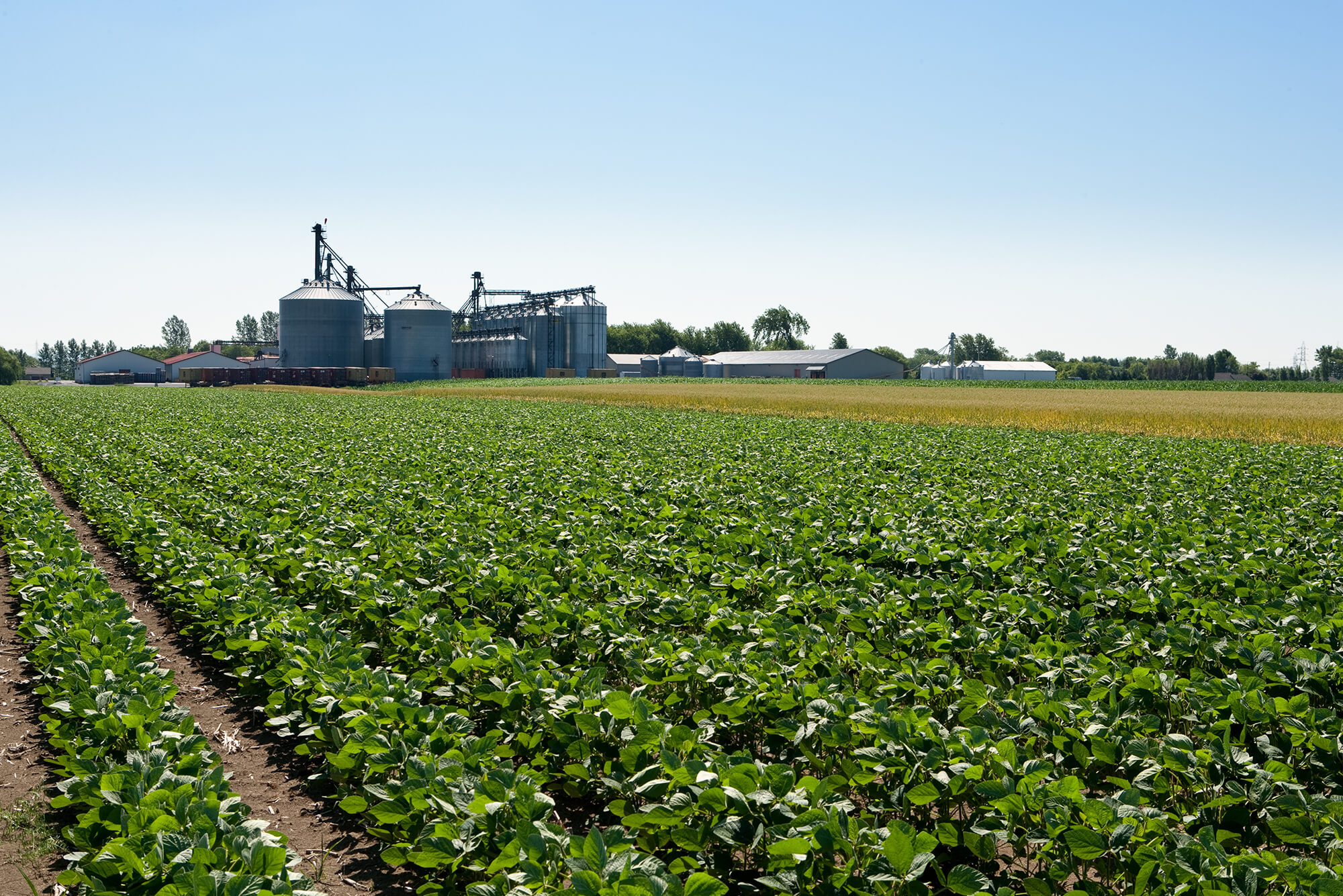
Early-season and residual weed control in XTEND and ENLIST E3 soybean fields
New soybean production technologies boast residual weed control properties to help you manage weeds. With Roundup Ready® 2 Xtend’s cropping system, you can now use a residual herbicide containing the active ingredient Dicamba. With a 10- to 14-day soil residual activity (depending on the quantity applied), this herbicide has an earlier application window, allowing to reduce weed emergence and keep the field clean even longer. Such early weed control results in a significantly increased yield potential. This strategy can also be used with Xtend soybeans.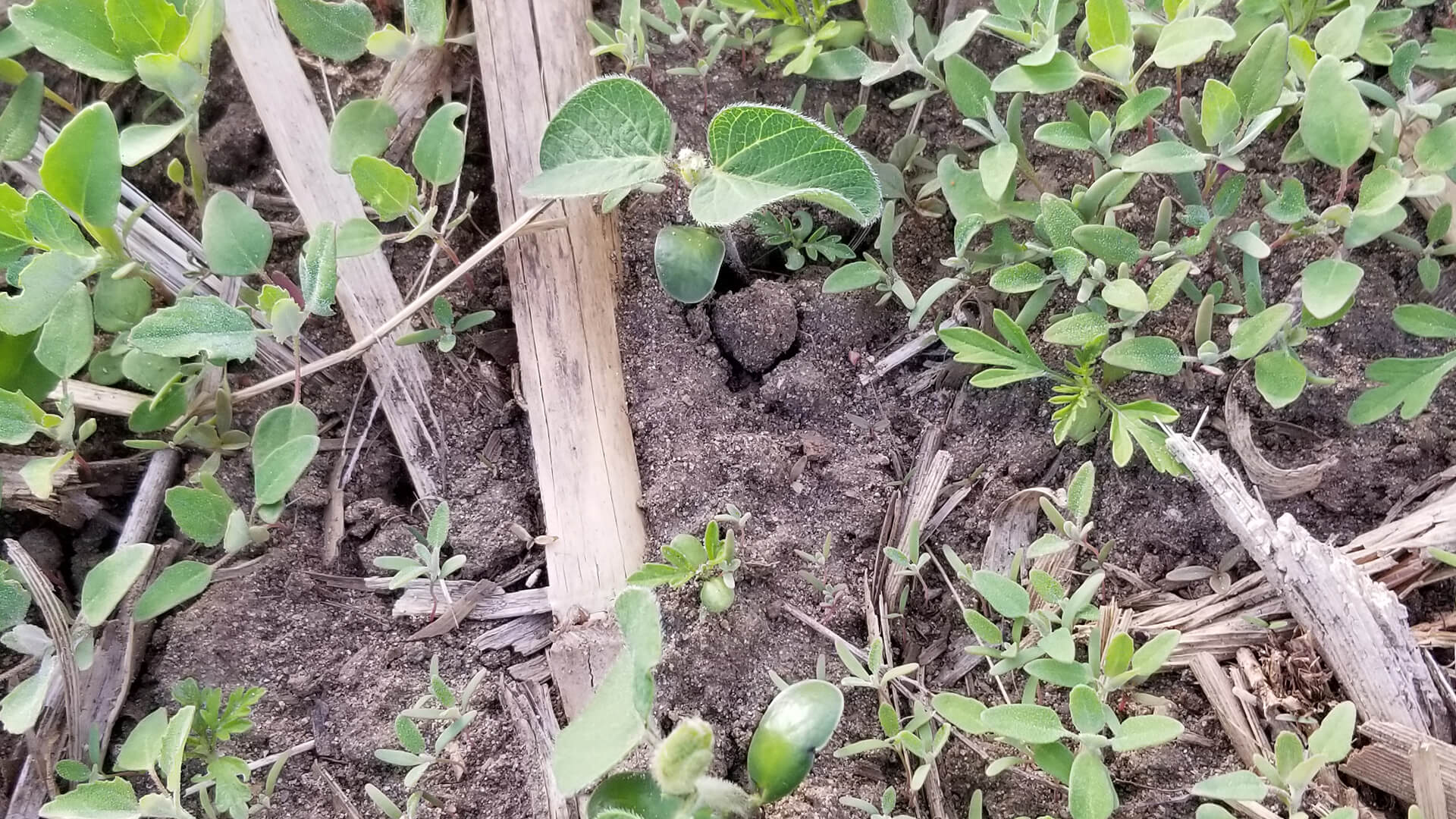
The latest on IP soybean weed management
You already know that weeds can be tough, and that they’re nothing but trouble when it comes to soybean production. But it’s important to remember that an upward trend in herbicide-resistant weeds has become a problem for many producers. So here’s an update on weed management.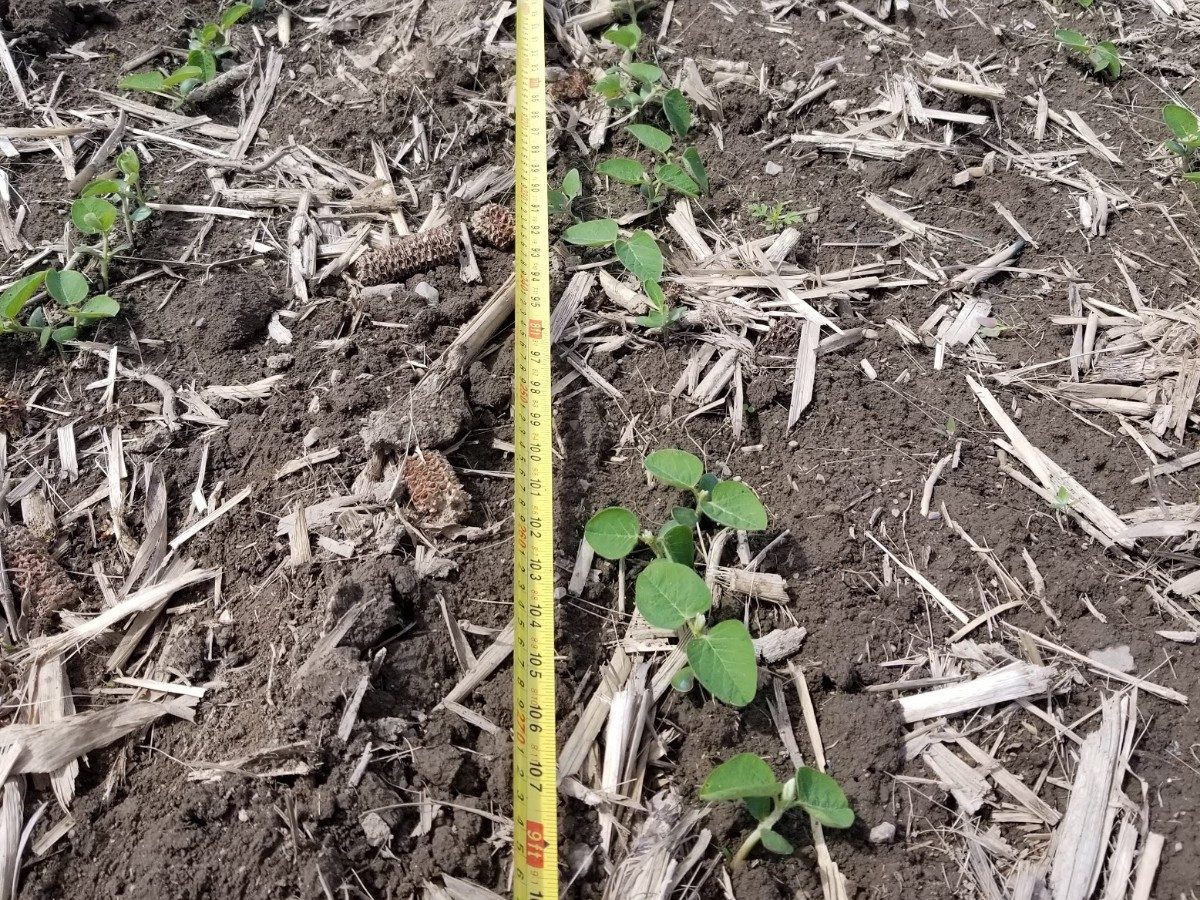
Everything you need to know about soybean populations
Now that producers are almost finished or done seeding their soybeans, it's time to take a look at the emergence success, or the number of plants that emerged in relation to seeds planted. Here are some tips to help you get an optimal yield!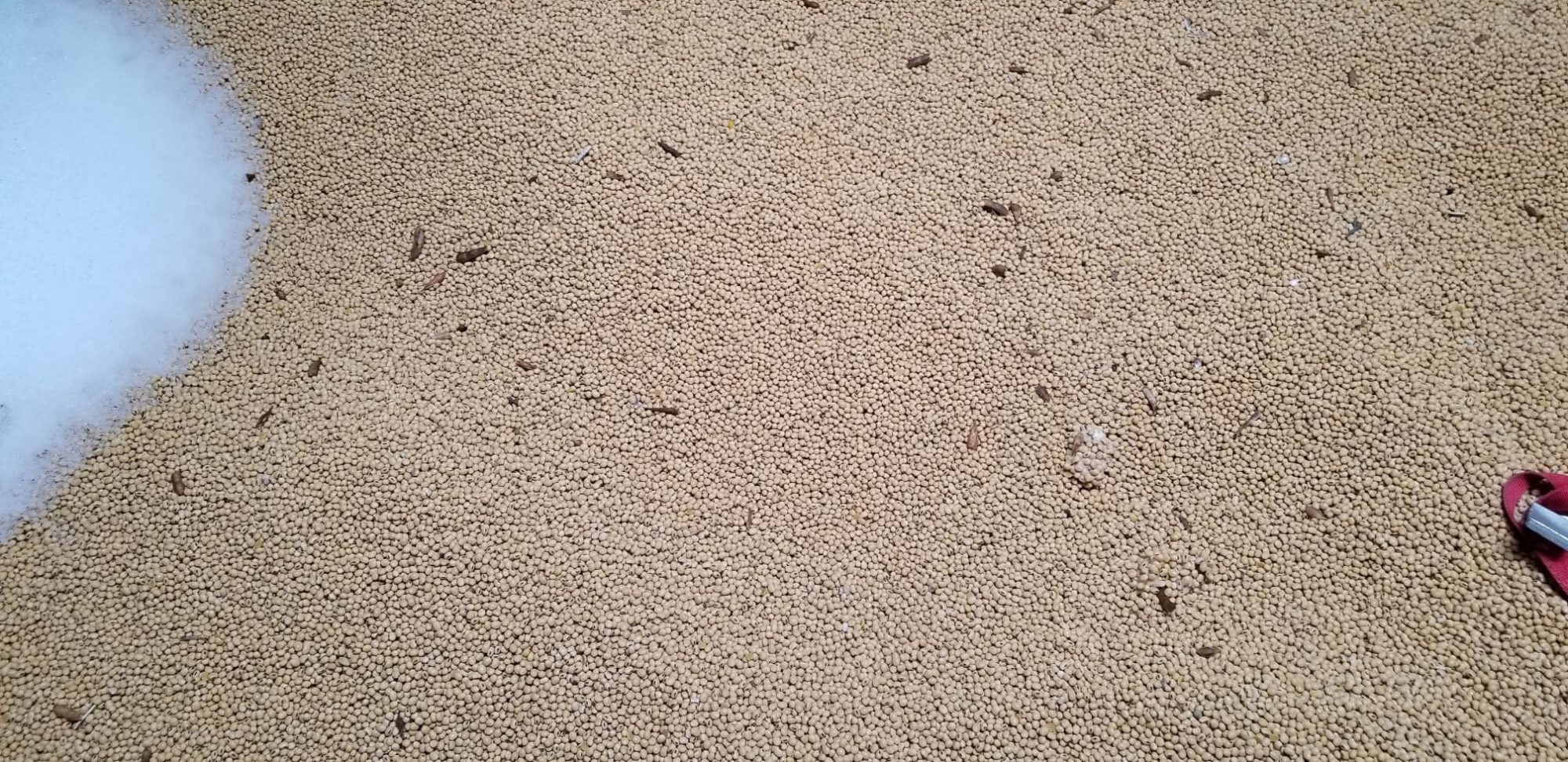
The importance of regularly verifying the condition of grain stored in silos
With spring weather that swings between snow flurries and blazing sun, stored grain is particularly vulnerable to the weather conditions. While the hatch doors are essential for ventilating the grain, they can also be an entry point for snow during big storms. A crop intended for human consumption that is not checked on a monthly basis—especially in spring—may be downgraded when it is received according to the Official Grain Grading Guide by the Canadian Grain Commission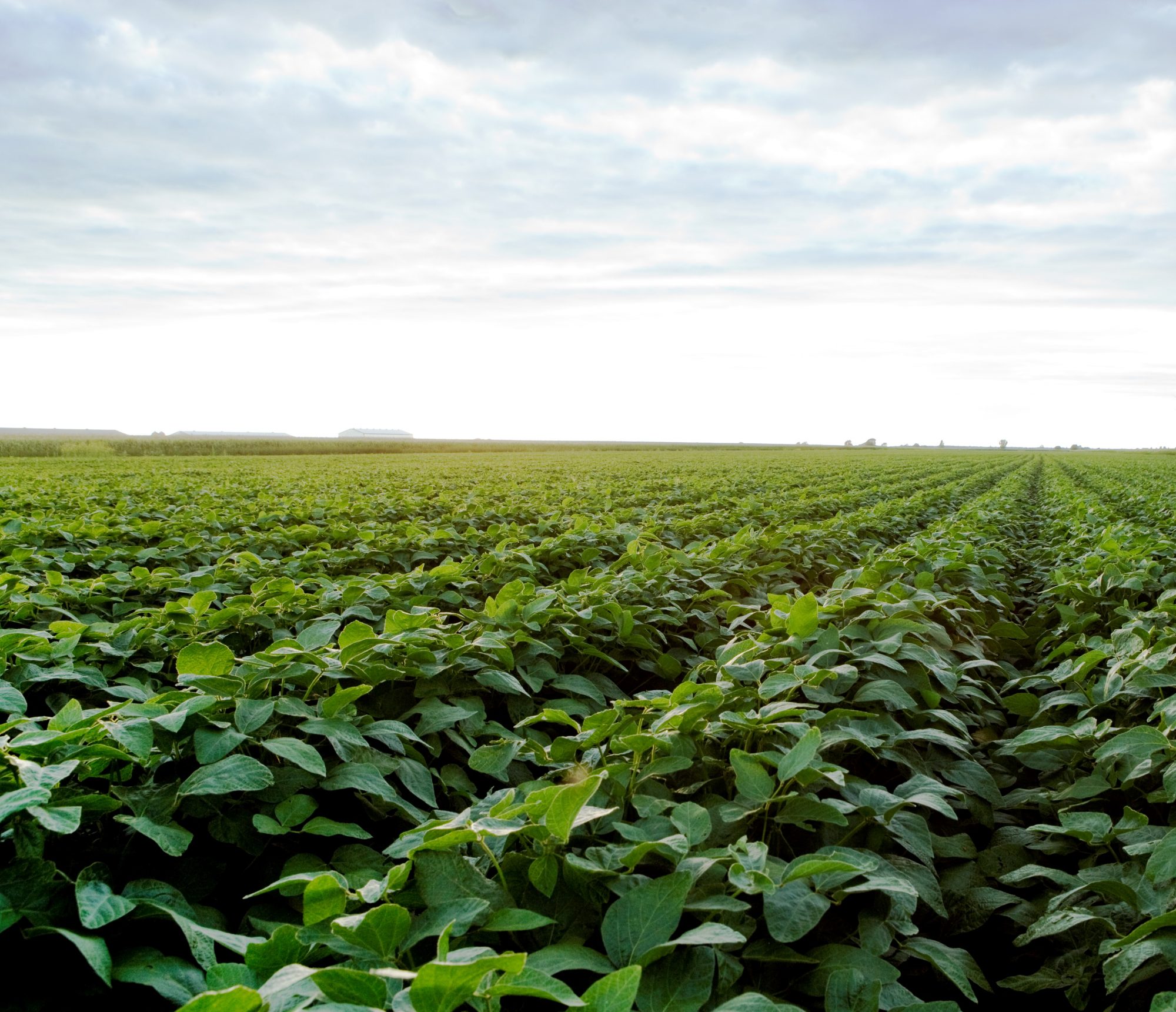
One Hundred Bushels per Acre: Reality or Fiction?
Maxime Gratton, Agr. and Alexandre Tessier, Agr., District Sales Managers In 2019, we participated in a field day in Ontario, a researcher at one of the stations was telling us about his goal to achieve a yield target of 100 bushels (about 2.5 tonnes) per acre. To accomplish that, he is promoting intensive management based on an increased use […]